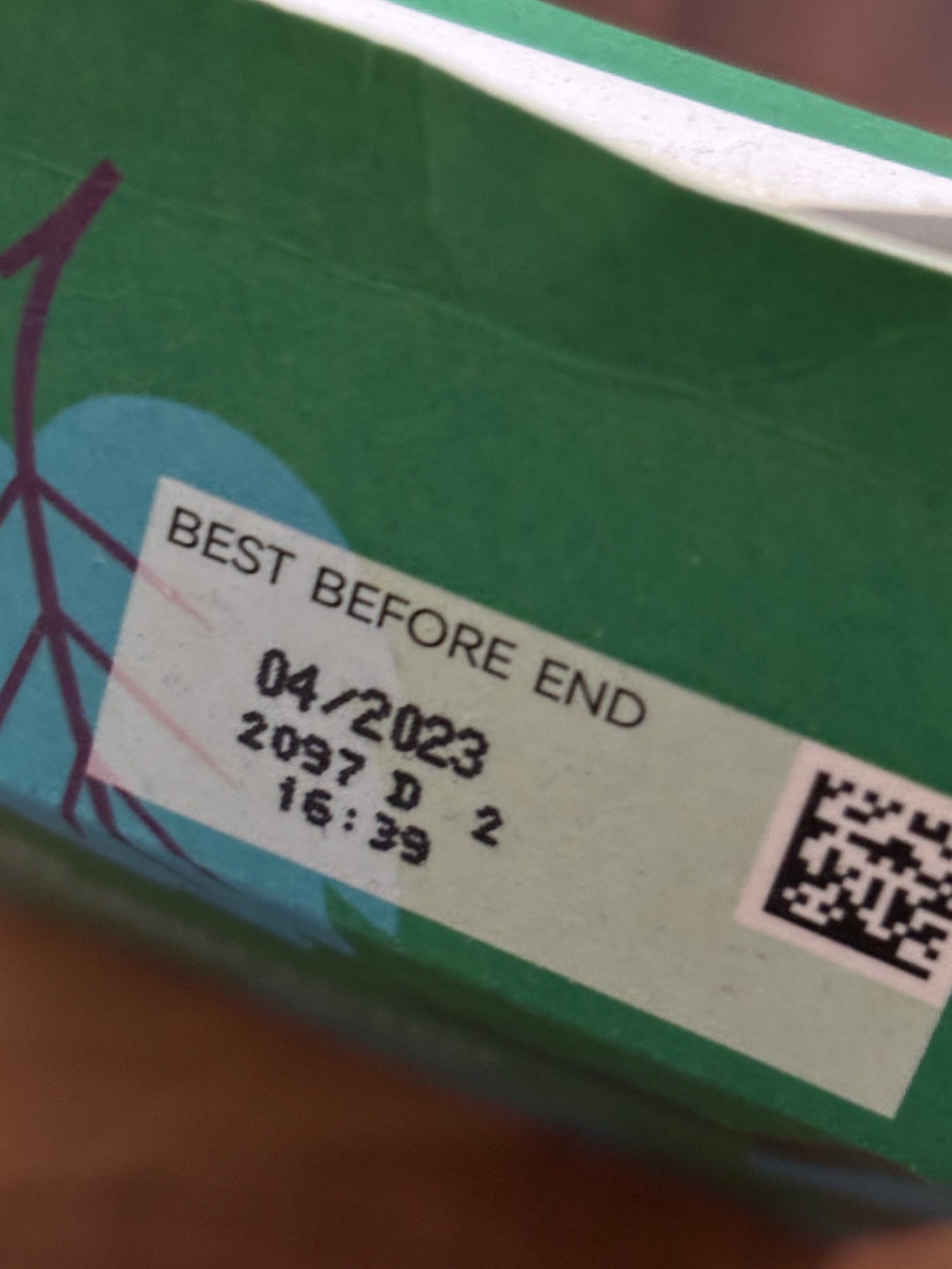🔥 Paid subscribers get the podcast episode PLUS extra bonus content. (Free subscribers just get the main podcast without the bonus bit). Here’s the sister article below. ⬇️
There’s something unsettling about being asked to record a commercial for mobility scooters when, just a few years ago, you were voicing ads for lingerie.
It’s a creeping shift - so subtle at first, you barely notice it - until one day, (actually for me, last Monday), your inbox is full of requests to record ads for a care home, incontinence products and funeral planners.
Don’t get me wrong, I’m grateful for the work. I love what I do. But when you realise that the ads that need to be completed that morning are for products and services for the elderly, it’s quite the jolt.
If you’re a woman in commercial voice acting, you may already know where this is going…
Ageism in voiceover work isn’t often discussed, but it’s real, and it’s reshaping the industry in ways that are both frustrating and deeply unfair. And ironically, the very thing that should make us more valuable - experience - is now part of the problem.
For women in voice acting, experience = too old.
This week on my podcast, I dive deep into the ways ageism manifests in commercial voice work, sharing my own experiences and looking at how we can challenge these outdated biases.
It’s a complex subject. The Venn diagram exploring the issues often projected onto female voice actors include gender, sexuality, sexiness, fantasy physicality, fertility, age (and more)…arguably, this is a whole PhD research question.
But first, let’s break it down here.
The Slow Fade: When Clients Ghost You
For years, I was a go-to voice for a large company. Regular (daily) work, a great client relationship, everything running smoothly - until it wasn’t. One day, the jobs just… stopped. No explanation, no transition. They had moved on.
It wasn’t personal (at least, not in the way we usually think). My voice hadn’t changed overnight. In fact, it hadn’t changed at all. My reliability hadn’t wavered.
The only thing that had shifted was perception. I was no longer the ‘voice of now.’ I was, apparently, part of ‘then.’
And I’m not the only one. Talk to any female voice actor over 40, and you’ll hear similar stories.
You can access the podcast episode PLUS extra bonus content, if you upgrade your subscription.
The ‘Shelf Life’ Myth
There’s an unspoken assumption in the industry that voices, particularly women’s voices, have a sell-by date.
Men, of course, are allowed to ‘mature.’ Their voices gain ‘gravitas’ and ‘authority.’ A 50-year-old man can still be the voice of a tech startup. A 50-year-old woman? Suddenly, she’s being asked if she can sound more ‘warm’ and ‘maternal’ - or worse, she’s not being asked at all.
This isn’t about skill. It’s about marketing. Advertisers want to connect with the all-important 18-35 demographic, and somewhere along the way, they decided that only young voices could do that. It’s a false assumption, but it’s a deeply ingrained one.
The Problem with Photo Requests
Here’s where things get even more ridiculous: some casting calls now ask for headshots. “Can we see what you look like on your website first?”
Yes, in an audio-only profession.
In the Before Times, before social media, it didn’t matter what you looked like. You could be 60 and voice a 25-year-old if you had the range. Now, with Instagram, FB, TikTok etc, casting directors and clients are making subconscious (or entirely conscious) decisions based on appearance. The industry that once prided itself on being an equaliser - where talent alone secured the job - is creeping toward visual bias.
Perception and Stereotypes: Why It’s Harder for Women
One of the biggest barriers is how the industry perceives ‘relevance.’ Women over 40 are pigeonholed into ‘mum’ or ‘grandmother’ roles far sooner than men are pushed into ‘dad’ or ‘grandfather’ territory.
Mature male voices are considered ‘timeless.’ Women? Not so much.
This isn’t just a voiceover problem. It’s a media-wide issue. But in an industry where voice is supposed to be the defining factor, it’s...well, it’s pretty galling.
How Do We Fight Back?
So, what can we do about it?
Challenge the Narrative – Advertisers assume young voices sell better, but where’s the data? Clients need to be reminded that experienced voices bring trust, depth, and credibility.
Own Our Visibility – If casting directors are checking social media, let’s give them something to look at. Highlight work that defies stereotypes.
Diversify Our Work – Audiobooks, narration, podcasts, corporate work—these sectors value experience and reliability. While commercial work might be tougher, there are other ways to thrive.
Speak Up – The more we talk about ageism, the harder it is to ignore. If enough of us push back, the industry will have to listen.
Join the Conversation
This podcast episode is one of the most important I’ve recorded because it affects so many of us, whether we talk about it or not. If this resonated with you, I’d love to hear your thoughts.
Have you experienced ageism in your industry? Have you seen these shifts happening in voiceover work? Let’s talk about it in the comments, or share this with someone who needs to hear it.
And if you want access to bonus content, consider becoming a paid subscriber.
Listen to the podcast episode above to hear my take on this.
Because experience isn’t a liability. It’s an asset. And it’s time we started treating it that way.
To hear my extra bonus content, upgrade for just $6 per month.
A Huge Thank You to My Paid Subscribers!
Your support means the world to me. 💕
Thank you for valuing these discussions, for investing in independent voices, and for being part of this journey. I couldn’t do this without you!
Btw, I’ll do another podcast about the “sound sexy” FVO direction in voice acting. That’s something to be unpacked another day!














Share this post